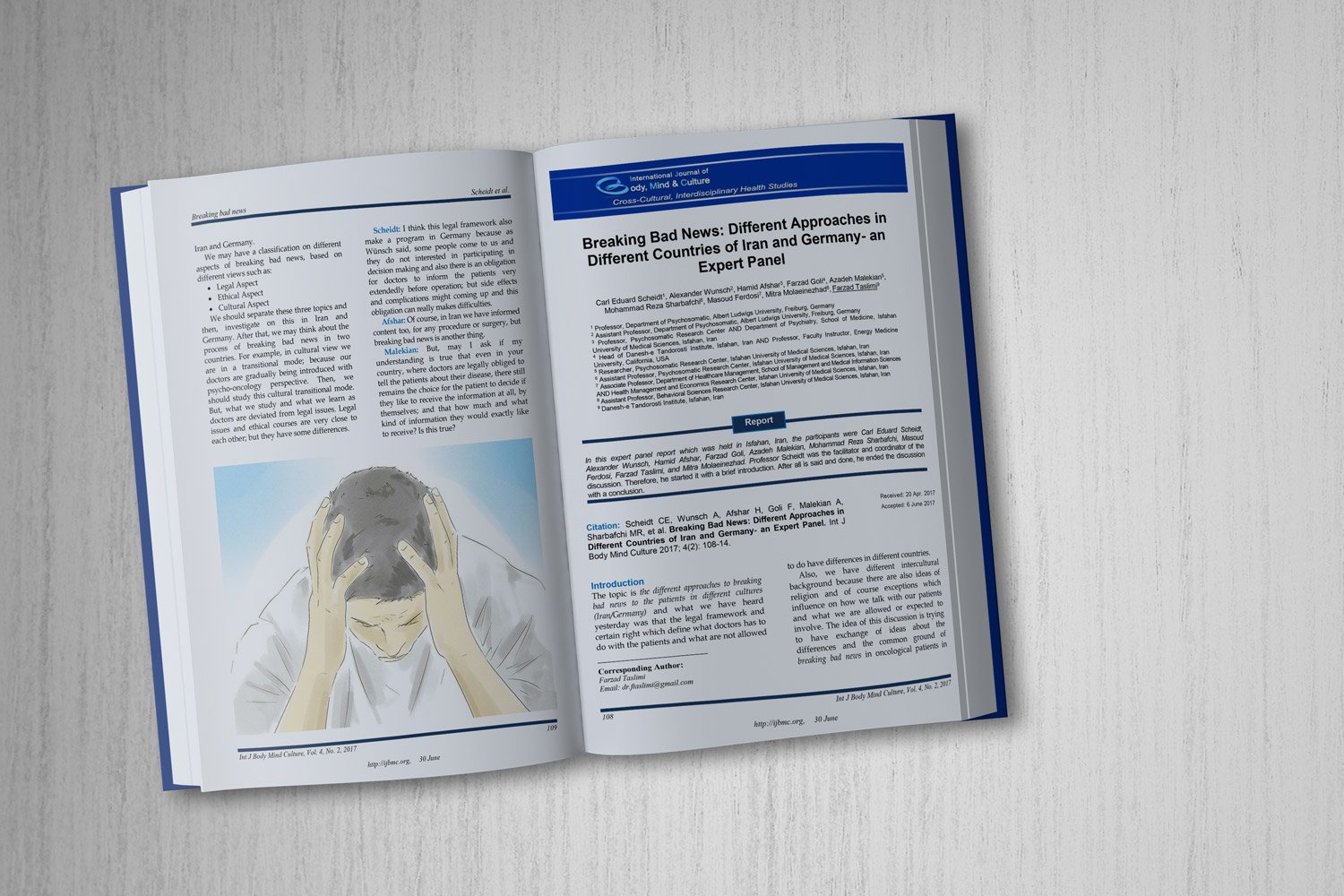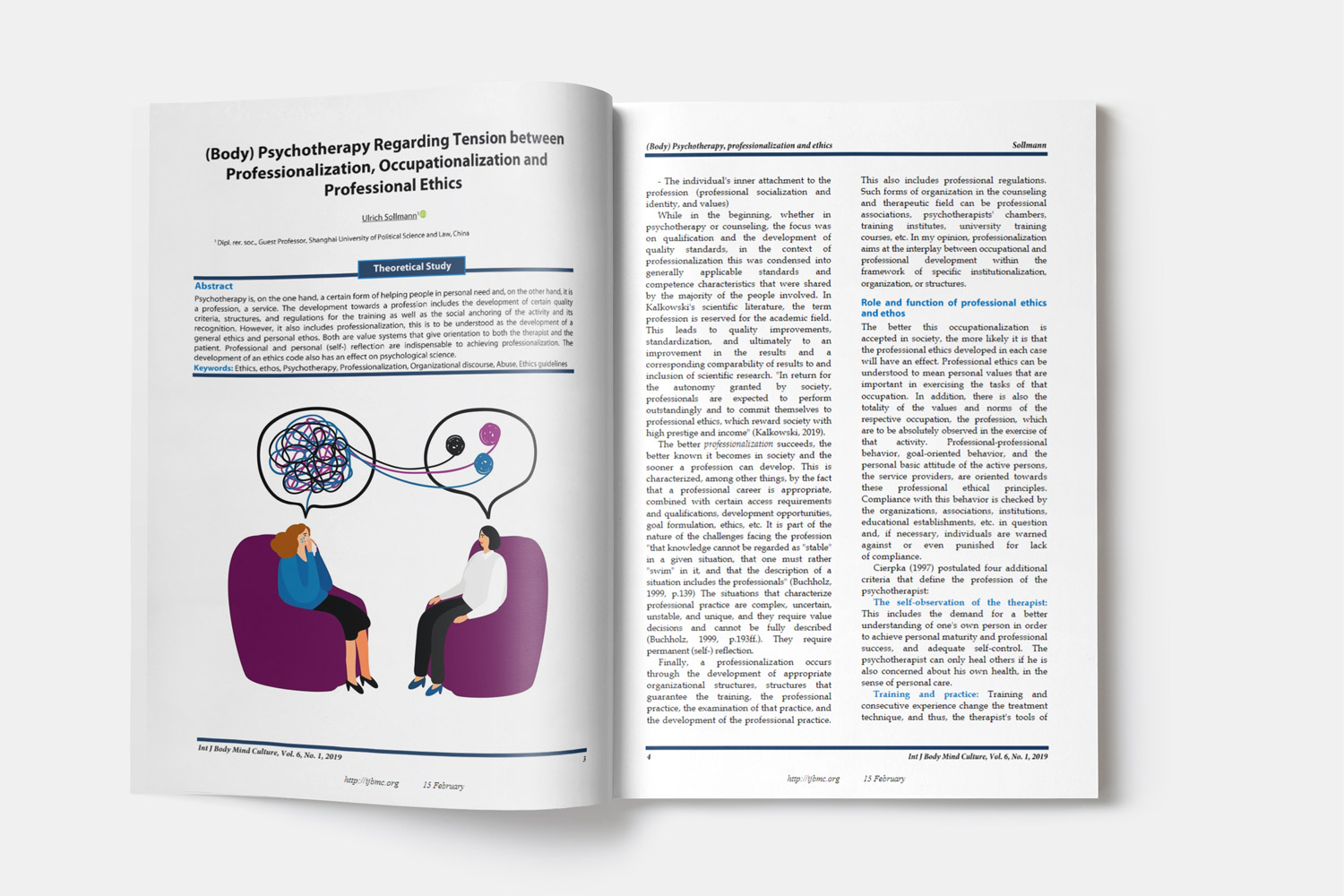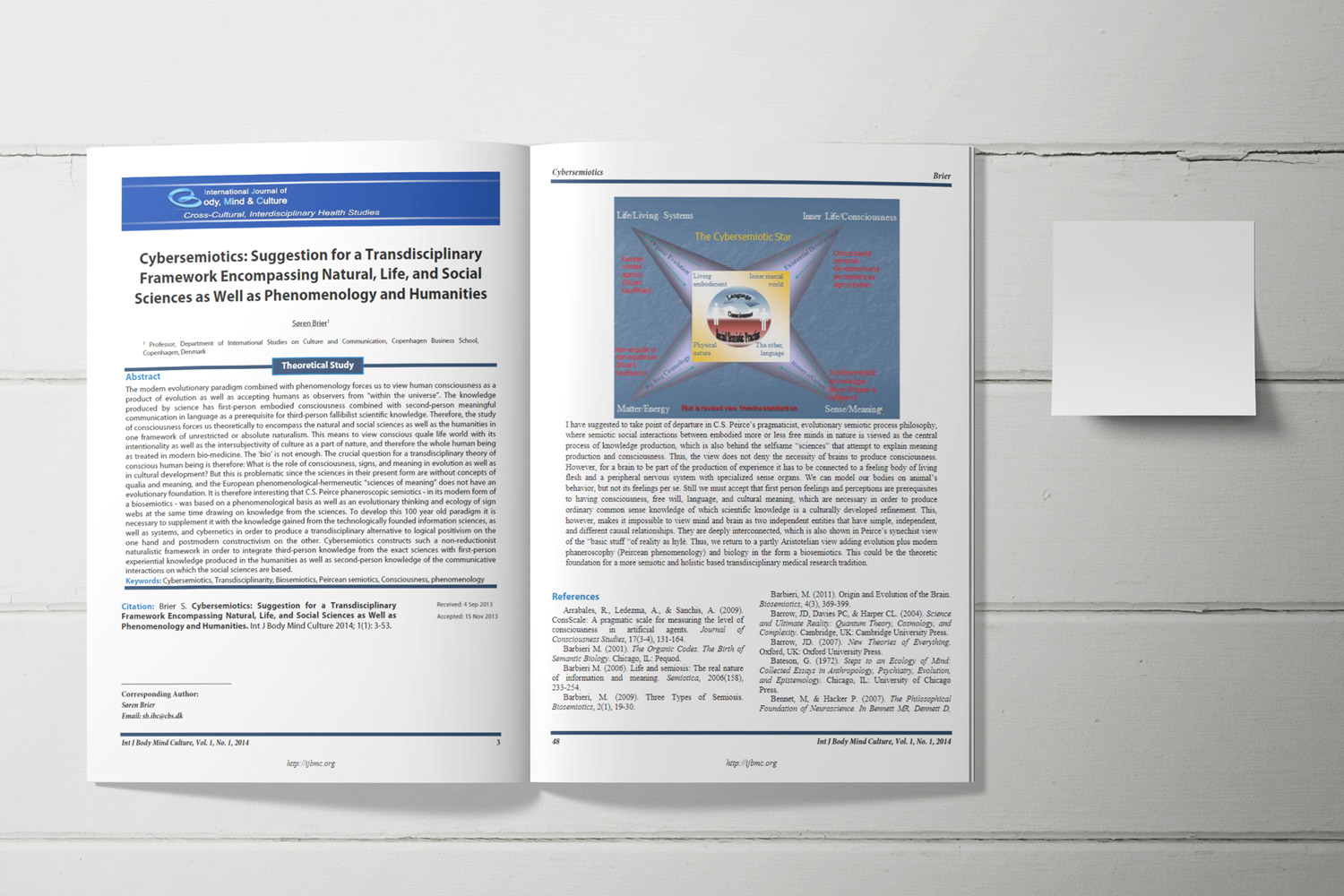Comparative Effectiveness of Attachment-Based Play Therapy and Cognitive Behavioral Therapy on Separation Anxiety and Parent–Child Relationship in Children
Downloads
Objective: This study aimed to compare the effectiveness of ABPT and CBT in reducing symptoms of separation anxiety and improving the parent–child relationship in children diagnosed with SAD.
Methods and Materials: A quasi-experimental design with pre-test, post-test, and one-month follow-up was used. Thirty-six boys aged 6 to 8 years with clinically diagnosed SAD were randomly assigned to three groups: ABPT (n=12), CBT (n=12), and control (n=12). The intervention groups received 10 (ABPT) and 16 (CBT) therapy sessions, respectively. Measures included the Separation Anxiety subscale of the SCARED and the Parent–Child Relationship Scale. Data were analyzed using repeated measures ANOVA and Bonferroni post hoc tests.
Findings: Both ABPT and CBT significantly reduced separation anxiety symptoms and improved parent–child relationship scores compared to the control group (p<0.01). The ABPT group showed significantly greater improvement in both outcomes compared to the CBT group (p<0.05). These effects were maintained at one-month follow-up.
Conclusion: Both ABPT and CBT are effective interventions for childhood SAD; however, ABPT may offer superior benefits in enhancing emotional bonding and reducing anxiety symptoms. Future research should address intervention dosage and consider broader, more diverse samples.
Downloads
Abdolali, Z., Sepanta, M., & Afshar Zanjani, H. (2023). The Effectiveness of Compassion-Focused Therapy for Parents on Reducing Aggression, Behavioral Problems, and Anxiety in Children. International Journal of Body, Mind and Culture, 7(3), 172-179. https://doi.org/10.22122/ijbmc.v7i3.222
Aldao, A., & Nolen-Hoeksema, S. (2010). Specificity of cognitive emotion regulation strategies: A transdiagnostic. Journal of abnormal psychology, 119(2), 488-499. https://doi.org/10.1037/a0018815
Birmaher, B., Brent, D. A., Chiappetta, L., Bridge, J., Monga, S., & Baugher, M. (1999). Psychometric properties of the Screen for Child Anxiety Related Emotional Disorders (SCARED): a replication study. J Am Acad Child Adolesc Psychiatry, 38(10), 1230-1236. https://doi.org/10.1097/00004583-199910000-00011
Blanco, P. J., Holliman, R. P., Ceballos, P. L., & Farnam, J. L. (2019). Exploring the impact of child-centered play therapy on academic achievement of at-risk kindergarten students. International Journal of Play Therapy, 28(3), 133. https://doi.org/10.1037/pla0000086
Cano-Mañas, M. J., Collado-Vázquez, S. A. U. R. H. J., Muñoz Villena, A. J., & Cano-De-La-Cuerda, R. (2020). Effects of video-game based therapy on balance, postural control, functionality, and quality of life of patients with subacute stroke: a randomized controlled trial. Journal of Healthcare Engineering. https://doi.org/10.1155/2020/5480315
Chirico, I., Andrei, F., Salvatori, P., Malaguti, I., & Trombini, E. (2020). The Focal Play Therapy: An Empirical Study on the Parent-Therapist Alliance, Parent-Child Interactions and Parenting Stress in a Clinical Sample of Children and Their Parents. International journal of environmental research and public health, 17(22), 8379. https://doi.org/10.3390/ijerph17228379
Claes, B. (2017). Play in family therapy /Play therapy with children and adolescents in crisis /Short-term play therapy for children. Journal of Psychology and Christianity, 36(1), 88. https://search.proquest.com
Daniel, S., Berkovits, L., Eisenhower, A., & Blacher, J. (2023). Child‐Centred Play Therapy and Rhythmic Relating improves emotion regulation in autism: A single‐N pilot intervention study. Counselling and Psychotherapy Research. https://doi.org/10.1002/capr.12671
Davidson, D., & Stagnitti, K. (2021). The process of Learn to Play Therapy with parent-child dyads with children who have autism spectrum disorder. Australian Occupational Therapy Journal, 68(5), 419-433. https://doi.org/10.1111/1440-1630.12751
DemİRer, Ö. Y., & Topan, A. (2023). Evaluation of the Effect of Play Therapy on Separation Anxiety among Preschool Children: A Randomized Controlled Study. Balıkesir Sağlık Bilimleri Dergisi, 12(3), 667-674. https://dergipark.org.tr/en/pub/balikesirsbd/article/1201148
DiCarlo, S. I., Oliveros, A. D., & Åsberg, K. K. (2023). Parent-child concordance and treatment outcome of trauma-focused cognitive behavioral therapy in a child advocacy center. Journal of Family Trauma, Child Custody & Child Development, 1-14. https://doi.org/10.1080/26904586.2023.2244942
Espie, C. A., Emsley, R., Kyle, S. D., Gordon, C., Drake, C. L., & Siriwardena, A. N. (2019). Effect of digital cognitive behavioral therapy for insomnia on health, psychological well-being, and sleep-related quality of life: a randomized clinical trial. JAMA Psychiatry, 76(1SP - 21), 30. https://doi.org/10.1001/jamapsychiatry.2018.2745
Fadipe, M. F., Aggarwal, S., Johnson, C., & Beauchamp, J. E. (2023). Effectiveness of online cognitive behavioural therapy on quality of life in adults with depression: A systematic review. Journal of Psychiatric and Mental Health Nursing. https://doi.org/10.1111/jpm.12924
Fagundo, A. B., Via, E., Sánchez, I., Jiménez-Murcia, S., Forcano, L., & Soriano-Mas, C. (2014). Physiological and brain activity after a combined cognitive behavioral treatment plus video game therapy for emotional regulation in bulimia nervosa: a case report. Journal of medical Internet research, 16(8), e3243. https://doi.org/10.2196/jmir.3243
Galea, S., Salvaris, C. A., Yap, M. B., Norton, P. J., & Lawrence, K. A. (2021). Feasibility and acceptability of an enhanced cognitive behavioural therapy programme for parent-child dyads with anxiety disorders: a mixed-methods pilot trial protocolJO - Pilot and Feasibility Studies. 7(1), 1-12. https://doi.org/10.1186/s40814-021-00846-8
Genovese, G., Infortuna, C., Clementi, V., Iannuzzo, F., Turiaco, F., Mento, C., & Pandolfo, G. (2025). Separation Anxiety and Personality Domains in a Dimensional Perspective: A Cross-Sectional Study in a Sample of Adults with Personality Disorders. Actas espanolas de psiquiatria, 53(2), 230. https://doi.org/10.62641/aep.v53i2.1811
Giani, L., Caputi, M., Forresi, B., Michelini, G., & Scaini, S. (2021). Evaluation of cognitive-behavioral therapy efficacy in the treatment of separation anxiety disorder in childhood and adolescence: a systematic review of randomized controlled trials. International Journal of Cognitive Therapy, 1-24. https://doi.org/10.1007/s41811-021-00129-3
Goodyear-Brown, P., & Andersen, E. (2018). Play therapy for separation anxiety in children. https://psycnet.apa.org/record/2017-40847-010
Haji Seyed Taghiya Taghavi, Z. S., Meschi, F., & Shahidi Nejad, T. (2019). Comparison of Perfectionism and Parental Bonding between People with Eating Disorder and Healthy Individuals. International Journal of Body, Mind and Culture, 6(4), 231-237. https://doi.org/10.22122/ijbmc.v6i4.165
Hall, J. G. (2015). Effects of child-centered play therapy on social skills, academic achievement, and self-concept of children with learning disabilities: a single-case design The University of North Carolina at Charlotte]. https://search.proquest.com
Hiwale, S., & Ganvir, V. D. (2019). Assess the Effectiveness, of Group Play Therapy for Preschool Children on Reduction of Preschooler Separation Anxiety Disorder. International Journal of Science and Research (Ijsr), 8(8), 157-160. https://www.academia.edu/download/91197923/ART20198371.pdf
Jreisat, S. (2023). Separation Anxiety among Kindergarten Children and its Association with Parental Socialization. Health Psychology Research, 11, 75363. https://doi.org/10.52965/001c.75363
Karyotaki, E., Efthimiou, O., Miguel, C., genannt Bermpohl, F. M., Furukawa, T. A., & Cuijpers, P. (2021). Internet-based cognitive behavioral therapy for depression: a systematic review and individual patient data network meta-analysis. JAMA Psychiatry, 78(4), 361-371. https://doi.org/10.1001/jamapsychiatry.2020.4364
Kaviani, R., & Hekmatipur, N. (2024). Effect of Theraplay-Based Play Therapy on Separation Anxiety in Elementary School Girls: A Randomized Controlled Trial. Journal of Gorgan University of Medical Sciences, 26(4), 29-37. https://goums.ac.ir/journal/browse.php?a_id=4455&sid=1&slc_lang=en&html=1
Lee, S., Oh, J. W., Park, K. M., Lee, S., & Lee, E. (2023). Digital cognitive behavioral therapy for insomnia on depression and anxiety: a systematic review and meta-analysis. NPJ Digital Medicine, 6(1), 52. https://doi.org/10.1038/s41746-023-00800-3
Pianta, R. C. D. K. (2011). Mother's and father's perceptions of conflict and closeness in parent- child relationships during early chilhood. Journal of early chilhood and infant psychology, 7, 1-18. https://search.ebscohost.com
Pickerell, L. E., Pennington, K., Cartledge, C., Miller, K. A., & Curtis, F. (2023). The Effectiveness of School-Based Mindfulness and Cognitive Behavioural Programmes to Improve Emotional Regulation in 7-12-Year-Olds: A Systematic Review and Meta-Analysis. Mindfulness, 1-20. https://doi.org/10.1007/s12671-023-02131-6
Särnholm, J., Skúladóttir, H., Rück, C., Axelsson, E., Bonnert, M., & Bragesjö, M. (2023). Cognitive behavioral therapy improves quality of life in patients with symptomatic paroxysmal atrial fibrillationJO - Journal of the American College of Cardiology. 82(1), 46-56. https://doi.org/10.1016/j.jacc.2023.04.044
Seiler, L. (2008). Cool Connections with cognitive behavioural therapy: Encouraging self-esteem, resilience and well-being in children and young people using CBT approaches. Jessica Kingsley Publishers. https://books.google.com
Setiawan, H., Atmojo, W. T., & Rutmalem, S. (2020). The Effectiveness of Play Therapy to Emotion, Behavior and Social on Adolescent Client in Mental Hospital. Jurnal Ilmu Keperawatan Jiwa, 3(3), 349-356. https://journals.kmanpub.com/
Torabi Goodarzi, N., Nazeri, A., & Ghamarani, A. (2024). Designing and evaluating the efficacy of interactive drawing methods based on parent-child relationship on the symptoms of separation anxiety disorder in 6-8 year old children. Journal of Psychological Science, 1621-1636. https://psychologicalscience.ir/browse.php?a_id=2320&sid=1&slc_lang=en
Turner, J. A. A. U. A. M. L., Balderson, B. H., Cook, A. J., Sherman, K. J., & Cherkin, D. C. (2016). Mindfulness-based stress reduction and cognitive-behavioral therapy for chronic low back pain: similar effects on mindfulness, catastrophizing, self-efficacy, and acceptance in a randomized controlled trial. Pain, 157(11), 2434. https://doi.org/10.1097/j.pain.0000000000000635
Copyright (c) 2025 International Journal of Body, Mind and Culture

This work is licensed under a Creative Commons Attribution-NonCommercial 4.0 International License.















